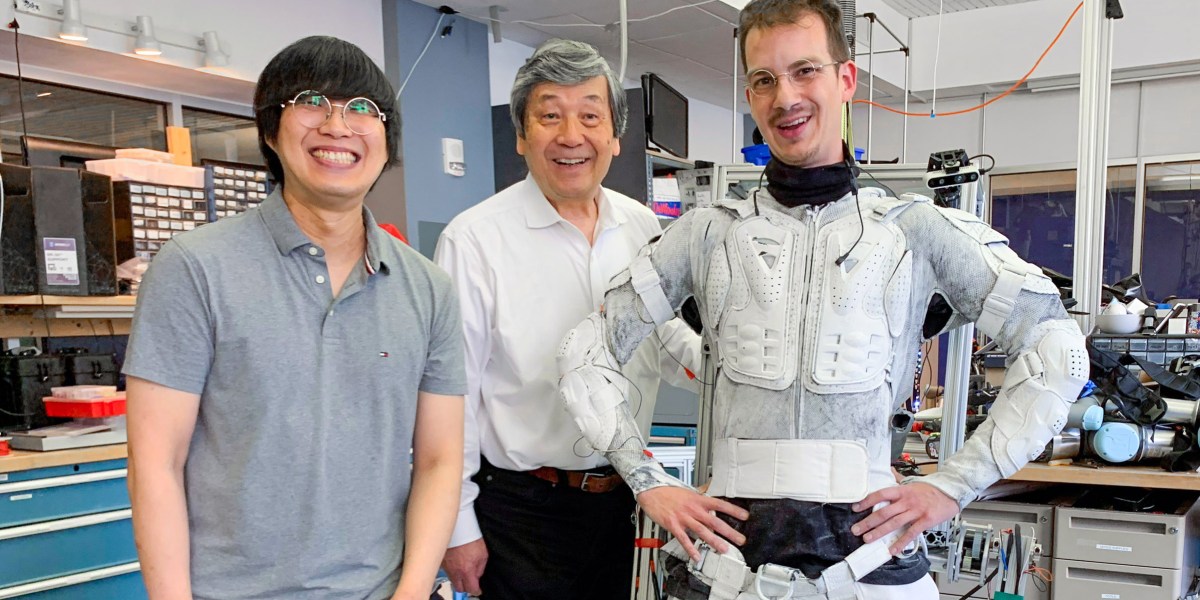
Some time in advance of the to start with dinosaurs, two supercontinents, Laurasia and Gondwana, collided, forcing molten rock out from the depths of the Earth. As eons passed, the liquid rock cooled and geological forces carved this rocky fault line into Pico Sacro, a weird conical peak that sits like a wizard’s hat in close proximity to the northwestern corner of Spain.
These days, Pico Sacro is commemorated as a holy web-site and rumored, in the local mythology, to be a portal to hell. But this magic mountain has also become valued in contemporary times for a quite unique cause: the quartz deposits that resulted from these geological procedures are some of the purest on the earth. These days, it is a loaded resource of the silicon utilized to develop pc chips. From this dusty ground, the mineral is plucked and remodeled into an inscrutable black void of pure inorganic engineering, something that an artwork director could have dreamed up to stand in for aliens or the mirror impression of earthly nature.
Ed Conway, a columnist for the Situations of London, catches up with this rock’s “epic odyssey” in his new reserve, Product Earth: The Six Uncooked Materials That Form Modern-day Civilization.
In a warehouse just a few miles from the peak, he finds a stunning pile of fist-dimension quartz chunks ready to be shoveled into a using tobacco coal-fired furnace operating at 1,800 °C, where by they are enveloped in a impressive electrical field. The course of action is not what he expected—more Lord of the Rings than Bay Spot startup—but he relishes each and every near-mystical phase that follows as quartz is coaxed into liquid silicon, drawn into crystals, and shipped to the cleanest rooms in the earth.
Conway’s quest to realize how chips are produced confronts the truth that no one particular particular person, “even those people doing the job on the supply chain alone,” can definitely make clear the whole approach. Conway soon discovers that even an industrial furnace can be a scene of sorcery and surprise, partly since of the electrical present-day that passes via the quartz and coal. “Even following more than a hundred many years of output, there are continue to things people today really do not understand about what’s occurring in this reaction,” he is explained to by Håvard Moe, an government at the Norwegian firm Elkem, 1 of Europe’s major silicon producers.
Conway clarifies that the silicon “wafers” utilized to make the brains of our digital economy are up to 99.99999999% pure: “for every impure atom there are primarily 10 billion pure silicon atoms.” The silicon extracted from all over Pico Sacro leaves Spain previously nearly 99% pure. Following that, it is distilled in Germany and then despatched to a plant outside Portland, Oregon, the place it undergoes what is perhaps its most entrancing transformation. In the Czochralski or “CZ” process, a chamber is stuffed with argon gas and a rod is dipped regularly into molten refined silicon to grow a perfect crystal. It is much like conjuring a stalactite at warp velocity or “pulling candy floss on to a stick,” in Conway’s text. From this we get “one of the purest crystalline constructions in the universe,” which can start to be formed into chips.
Materials Globe is a single of a spate of new books that purpose to reconnect audience with the physical actuality that underpins the international economic system. Conway’s mission is shared by Wasteland: The Mystery Environment of Waste and the Urgent Research for a Cleaner Upcoming, by Oliver Franklin-Wallis, and Cobalt Crimson: How the Blood of the Congo Powers Our Life, by Siddharth Kara. Every a single fills in dim secrets about the areas, procedures, and lived realities that make the economic system tick.
Conway aims to disprove “perhaps the most dangerous of all the myths” that manual our lives now: “the concept that we human beings are weaning ourselves off bodily supplies.” It is easy to influence ourselves that we now dwell in a dematerialized “ethereal planet,” he states, ruled by digital startups, synthetic intelligence, and economic expert services. Nonetheless there is minor evidence that we have decoupled our overall economy from its churning hunger for means. “For each ton of fossil fuels,” he writes, “we exploit six tons of other materials—mostly sand and stone, but also metals, salts, and chemicals. Even as we citizens of the ethereal environment pare back again our usage of fossil fuels, we have redoubled our intake of every thing else. But, in some way, we have deluded ourselves into believing exactly the opposite.”

Conway delivers prosperous life tales of the methods without which our earth would be unrecognizable, masking sand, salt, iron, copper, oil, and lithium. He buzzes with enjoyment at every phase, with a correspondent’s reward for swift-fire storytelling, revealing the world’s product provide chains in an avalanche of anecdote and trivia. The provide chain of silicon, he reveals, is equally otherworldly and extremely fragile, encompassing significant, nameless industrial giants as well as terrifyingly slender bottlenecks. Just about the total world-wide supply of specialised containers for the CZ dipping approach, for example, is produced by two mines in the city of Spruce Pine, North Carolina. “What if a thing transpired to those people mines? What if, say, the one highway that winds down from them to the rest of the planet was destroyed in a landslide?” asks Conway. “Short answer: it would not be really. ‘Here’s one thing terrifying,’ states one veteran of the sector. ‘If you flew over the two mines in Spruce Pine with a crop duster loaded with a quite certain powder, you could finish the world’s generation of semiconductors and photo voltaic panels within just 6 months.’” (Conway declines to print the title of the substance.)
Yet immediately after such an outstanding journey as a result of deep time and the world financial state, how extensive will any electronic gadget last? The helpful lifestyle of our electronics and many other solutions is very likely to be a quick blip right before they return to the earth. As Oliver Franklin-Wallis writes in Wasteland, digital squander is one stubborn aspect of the 2 billion tons of strong squander we create globally just about every year, with the ordinary American discarding far more than four kilos of trash each individual working day.
Wasteland begins with a trip to Ghazipur, India, the “largest of three mega-landfills that ring Delhi.” There, amid an fragrant fug of sticky-sweet vapors, Franklin-Wallis stomps through a swamp-like morass of trash, following his tutorial, a community squander picker named Anwar, who helps him acknowledge stable stepping-stones of trash so that he might properly navigate previously mentioned the perilous system of subterranean rivers that rush someplace unseen under his toes. Like the hidden icy currents that carve through glaciers, these rivers make the trash mountain inclined to cleaving and crumbling, leading to all-around 100 deaths a year. “Over time, (Anwar) clarifies, you master to study the squander the way sailors can examine a river’s latest he can intuit what is very likely to be stable, what is not. But collapses are unpredictable,” Franklin-Wallis writes. For all its aura of decay, this is also a living landscape: there are tomato plants that increase from the refuse. Squander pickers try to eat the fruits off the vine.
Wasteland is very best when excavating the tales buried in the dump. In 1973, lecturers at the College of Arizona, led by the archaeologist William Rathje, turned the research of landfills into a science, labeling them selves the “garbologists.” “Trash, Rathje discovered, could notify you much more about a neighborhood—what individuals try to eat, what their most loved makes are—than chopping-edge shopper investigate, and predict the populace additional precisely than a census,” Franklin-Wallis writes. “Unlike persons,” he adds, “garbage doesn’t lie.”
Wasteland leaves a lasting perception of the trash-worlds that we make. Most horrifying of all, the contents of landfills don’t decompose the way we expect. By having geological cores from landfills, Rathje identified that even many years afterwards, our waste continues to be a morbid museum: “onion parings had been onion parings, carrot tops were being carrot tops. Grass clippings that may well have been thrown away the day before yesterday spilled from bulky black garden and leaf baggage, nonetheless tied with twisted wire.”
Simply just shifting to “sustainable” or “cleaner” technologies does not eliminate the industrial fallout from our intake.
Franklin-Wallis’s histories aid notify us exactly where we as a civilization began to go completely wrong. In ancient Rome, waste from public latrines was washed absent with wastewater from the city’s fountains and bathhouses, demanding a “complex underground sewer method crowned by the Cloaca Maxima, a sewer so great that it had its own goddess, Cloacina.” But by the Victorian age, the largely round overall economy of squander was coming to an finish. The grim but eco-pleasant job of turning human effluent into farm fertilizer (so-named “nightsoil”) was designed obsolete by the adoption of the household flushing toilet, which pumped effluent out into rivers, typically killing them. Karl Marx determined this as the starting of a “metabolic rift” that—later turbocharged by the development of disposable plastics—turned a sustainable cycle of waste reuse into a conveyor concerning metropolis and dump.
This meditation on trash can be interesting, but the e book by no means very lands on a major notion to draw its story forward. When trash piles can be sites of discovery, our propensity to make squander is no revelation it’s an at any time-present nightmare. Many visitors will get there in search of answers that Wasteland is not offering. Its suggestions are ultimately modest: the writer resolves to get a lot less, learns to sew, appreciates the Japanese artwork of kintsugi (mending pottery with cherished metals to highlight the act of restore). A handful of other life-style conclusions observe.
As Franklin-Wallis is fast to acknowledge, a journey by means of our very own squander can feel hopeless and frustrating. What we’re lacking are viable means to steer our societies from the exceptionally source-intensive paths they are on. This believed, taken up by designers and activists driving the Inexperienced New Offer, is aiming to flip our awareness absent from dwelling on our individual “footprint”—a murky plan that Franklin-Wallis traces to sector groups lobbying to deflect blame from them selves.
Reframing the two squander and provide chains as matters that are political and intercontinental, fairly than individual, could guidebook us absent from guilt and move us towards solutions. As an alternative of seeking at output and squander as different challenges, we can consider of them as two areas of one particular good problem: How do we construct households, style transport methods, establish engineering, and feed the world’s billions with no creating factory squander upstream or trash downstream?
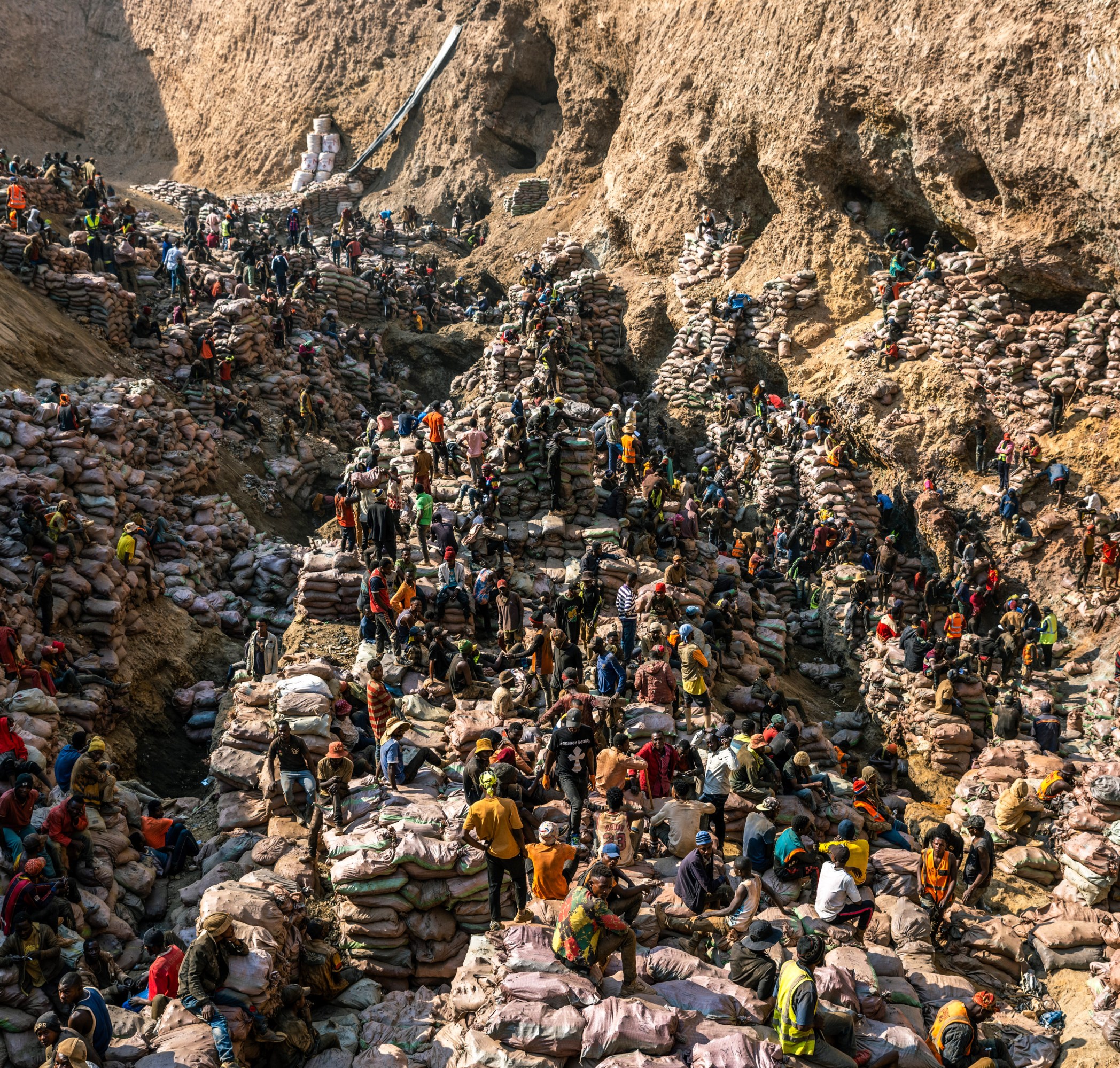
Republic of Congo.
Just shifting to “sustainable” or “cleaner” technologies doesn’t do away with the industrial fallout from our use, as Siddharth Kara reveals in Cobalt Pink. Cobalt is a portion of just about each rechargeable device—it is used to make the positively charged finish of lithium batteries, for instance, and every single electric car involves 10 kilograms (22 pounds) of cobalt, 1,000 periods the quantity in a smartphone.
Half the world’s reserves of the aspect are identified in Katanga, in the south of the Democratic Republic of Congo (DRC), which places this useful resource-loaded region at the heart of the world electricity transition. In Kara’s telling, the cobalt rush is an additional chapter in an age-aged story of exploitation. In the past two generations, the DRC has been a middle not only for the bloody trade in enslaved human beings but also for the colonial extraction of rubber, copper, nickel, diamonds, palm oil, and a lot extra. Scarcely a modern-day catastrophe has unfolded devoid of sources stolen from this soil: copper from the DRC designed the bullets for two environment wars uranium created the bombs dropped on Hiroshima and Nagasaki vast portions of tin, zinc, silver, and nickel fueled Western industrialization and world-wide environmental crises. In return, the DRC’s 100 million people have been left with minor by way of long lasting rewards. The country nonetheless languishes at the foot of the United Nations development index and now faces disproportionate impacts from weather alter.
In Cobalt Pink, Congo’s history performs out in vignettes of barbarous theft perpetrated by powerful Western-backed elites. Kara, an creator and activist on present day slavery, constructions the e-book as a journey, drawing regular parallels to Joseph Conrad’s 1899 Heart of Darkness, with the town of Kolwezi substituting for Kurtz’s ivory-buying and selling station, the destination in the novella. Kolwezi is the centre of Katanga’s cobalt trade. It is “the new coronary heart of darkness, a tormented heir to all those Congolese atrocities that arrived before—colonization, wars, and generations of slavery,” Kara writes. The book provides a fast summary of the nation’s heritage starting up with the colonial vampirism of the Belgian king Leopold’s “Free Point out,” described by Conrad as the “vilest scramble for loot that ever disfigured the historical past of human conscience.” The king’s personal colony pressured its subjects to obtain rubber under a method of quotas enforced by systematic execution and disfigurement compelled labor ongoing effectively into the 20th century in palm oil plantations that supplied the multinational Unilever company.
These three books offer to hook up the reader to the feel and odor and rasping truth of a earth wherever resources still make a difference.
Kara’s multiyear investigation finds the patterns of the previous repeating them selves in today’s environmentally friendly boom. “As of 2022, there is no these point as a clear provide chain of cobalt from the Congo,” he writes. “All cobalt sourced from the DRC is tainted by many levels of abuse, which include slavery, youngster labor, forced labor, personal debt bondage, human trafficking, harmful and harmful performing situations, pathetic wages, injuries and demise, and incalculable environmental hurt.” Move by action, Kara’s narrative moves from the fringes of Katanga’s mining area towards Kolwezi, documenting the free stream of minerals concerning two parallel devices supposedly divided by a firewall: the official industrial system, beneath the auspices of mining giants that are signatories to sustainability pacts and human legal rights conventions, and the “artisanal” 1, in which miners with no formal employer toil with shovels and sieves to make a several sacks of cobalt ore a working day.
We master of the process of creuseurs and négociants—diggers and traders—who shift the ore from denuded fields into the official provide chain, revealing that an not known proportion of cobalt marketed as ethical comes from unregulated toil. If Materials World tells a neat tale of capitalism’s invisible hand, the power that whisks sources all-around the planet, Cobalt Pink paperwork a far more brutal and opaque product of extraction. In Kara’s telling, the artisanal process is grueling and inefficient, involving many middlemen between diggers and refineries who serve no purpose except to launder ore too small-grade for industrial miners and obscure its origins (even though skimming off most of the earnings).
Almost everywhere Kara finds artisanal mining, he finds kids, which include girls, some with infants on backs, who huddle together to guard versus the menace of sexual assault. There is no scarcity of haunting stories from the frontlines. Cobalt ore binds with nickel, lead, arsenic, and uranium, and publicity to this metallic combination raises the risk of breast, kidney, and lung cancers. Guide poisoning qualified prospects to neurological problems, diminished fertility, and seizures. In all places he sees rashes on the pores and skin and respiratory ailments together with “hard metallic lung illness,” brought on by chronic and most likely fatal inhalation of cobalt dust.
One female, who operates crushing 12-hour days just to fill just one sack that she can trade for the equal of about 80 cents, tells how her husband just lately died from respiratory sickness, and the two situations she had conceived both resulted in miscarriage. “I thank God for using my babies,” she says. “Here it is superior not to be born.” The book’s handful of genuinely devastating times get there like this—from the insights of Congolese miners, who are also rarely offered the likelihood to talk.
All of which leaves you to problem Kara’s weird determination to mildew the narrative about the 125-12 months-outdated Coronary heart of Darkness. It has been 50 % a century considering the fact that the Nigerian novelist Chinua Achebe condemned Conrad’s novella as a “deplorable book” that dehumanized its topics even as it aimed to encourage sympathy for them. However Kara doubles down by mirroring Conrad’s storytelling gadget and style, from the 1st sentence (featuring “wild and wide-eyed” soldiers wielding weapons). When Kara describes how the “filth-caked youngsters of the Katanga location scrounge at the earth for cobalt,” who is the object of disgust: the forces of exploitation or the miners and their households, typically lessened to summary figures of suffering?
Subsequent Conrad, Cobalt Pink gets, primarily, a tale of morality—an “unholy tale” about the “malevolent force” of capital—and reaches a equally moralistic summary: that we will have to all start out to handle artisanal miners “with equal humanity as any other employee.” If this seems like an airy response soon after the really hard operate of detailing the intricacies of cobalt’s broken provide chain, it is doubly so following Kara files both equally the earlier waves of injustice and the ethical crusades that have brought the Absolutely free Condition and aged colonial constructions to an conclusion. These types of phone calls for humanistic fairness toward Congo have echoed down the ages.
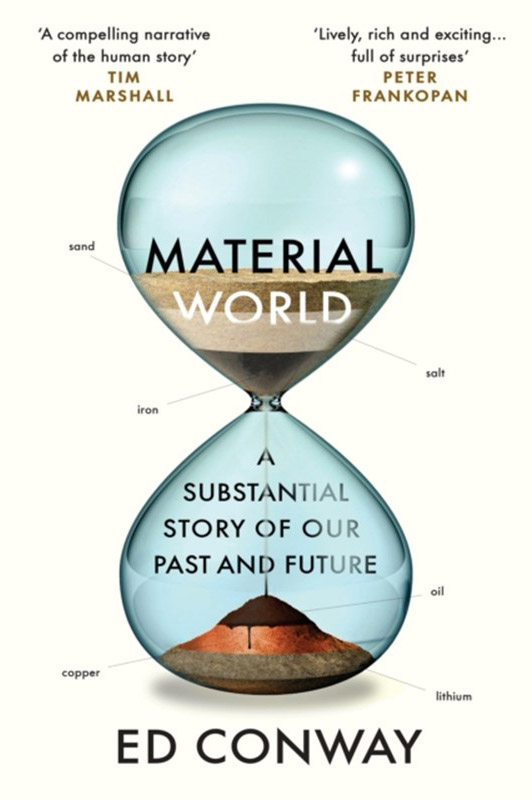
Shape Fashionable Civilization
Ed Conway
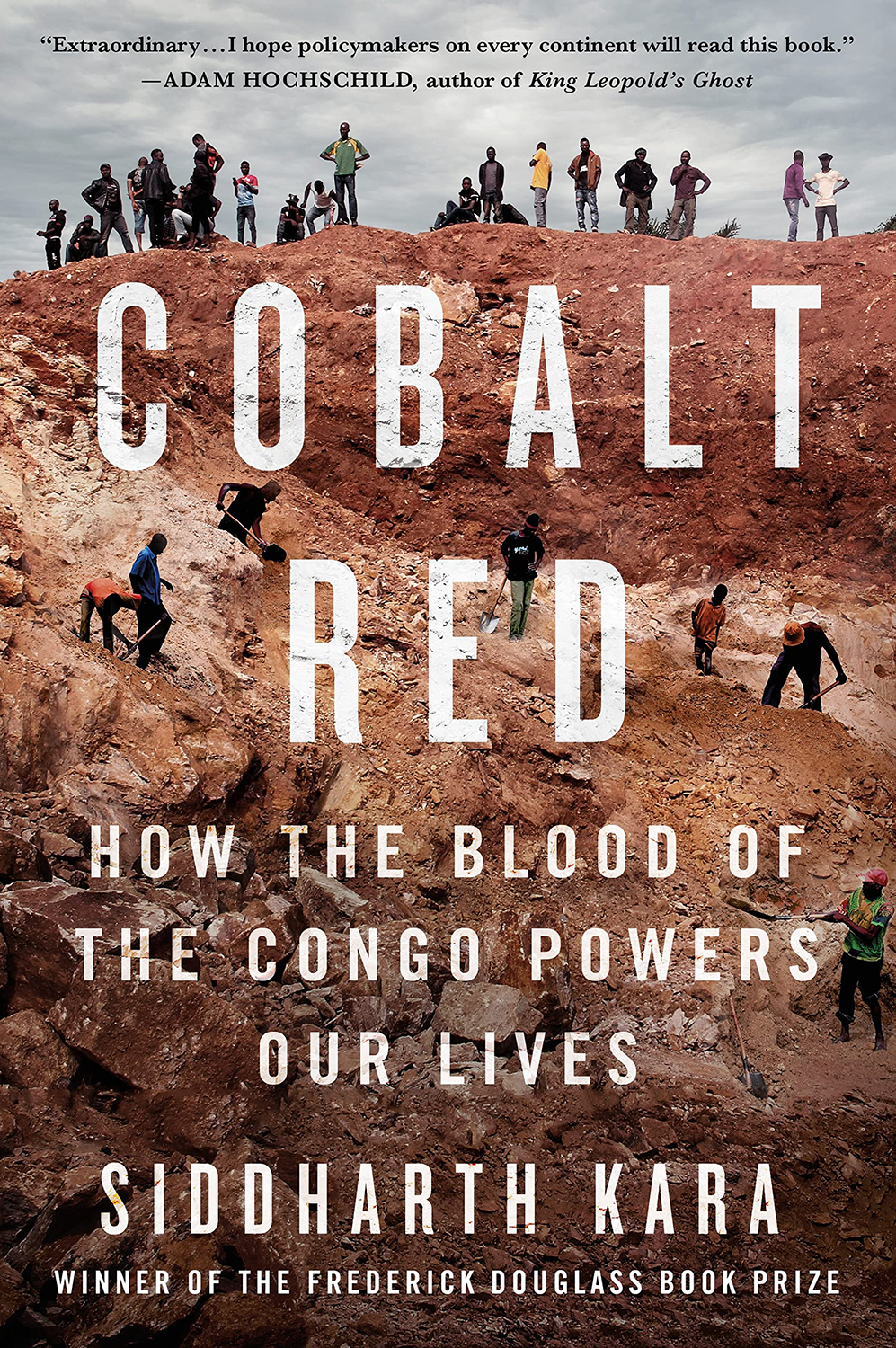
Siddharth Kara
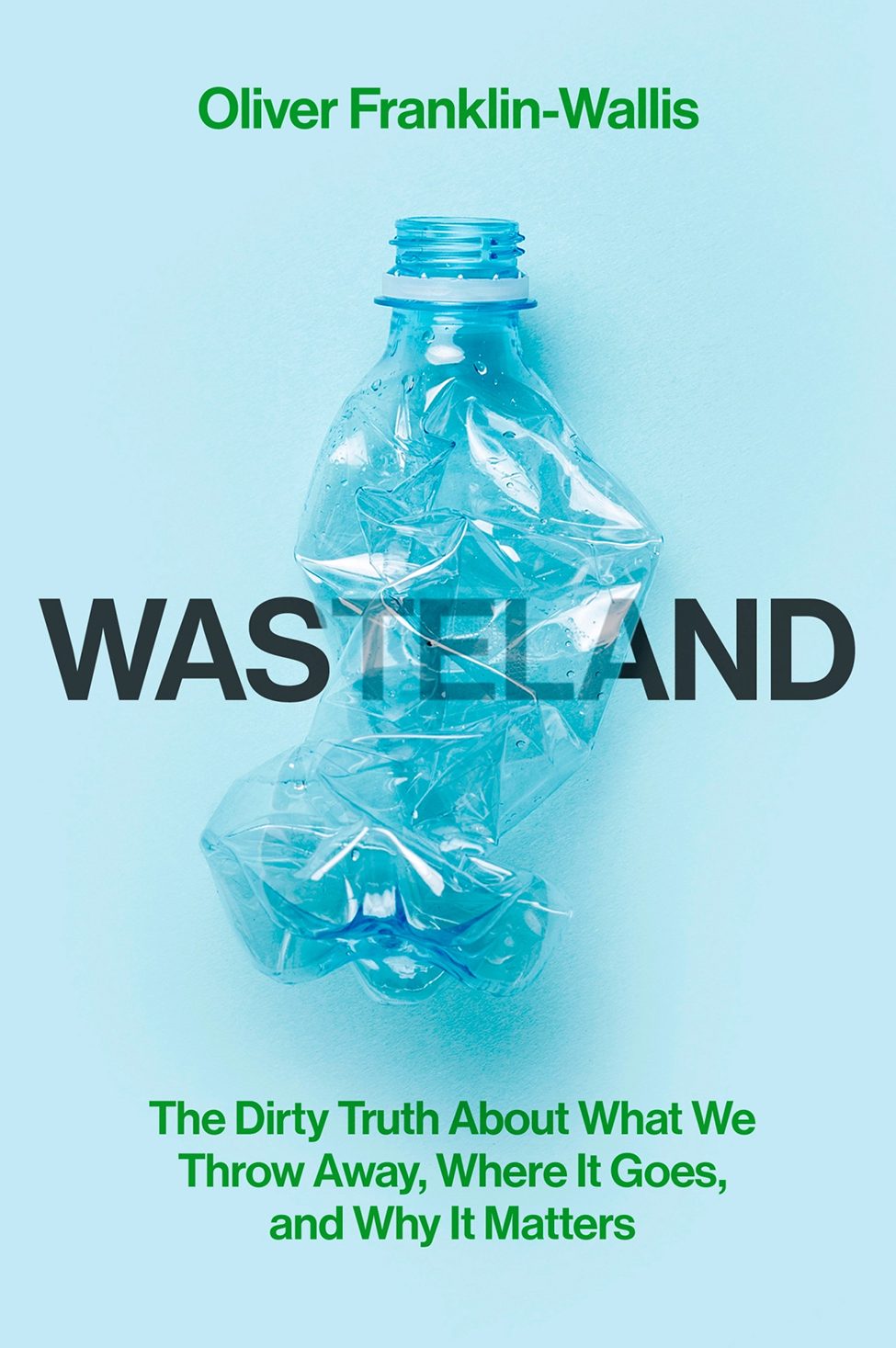
Oliver Franklin-Wallis
All 3 guides supply to hook up the reader to the experience and odor and rasping actuality of a environment wherever elements even now make a difference. But in Kara’s case, these kinds of a solid emphasis on documenting firsthand knowledge edges out a deeper knowledge. There is minimal room provided to the many students from across the African continent who have created perception of how politics, commerce, and armed teams together rule the DRC’s deadly mines. The Cameroonian historian Achille Mbembe has described web-sites like Katanga not only as destinations in which Western-design rule of legislation is absent but as “death-worlds” made and taken care of by wealthy actors to extract assets at small cost. A lot more than simply just making feeling of the current crisis, these thinkers tackle the large queries that Kara asks but struggles to respond to: Why do the assets and actors modify but exploitation remains? How does this sample conclusion?
Matthew Ponsford is a freelance reporter centered in London.




